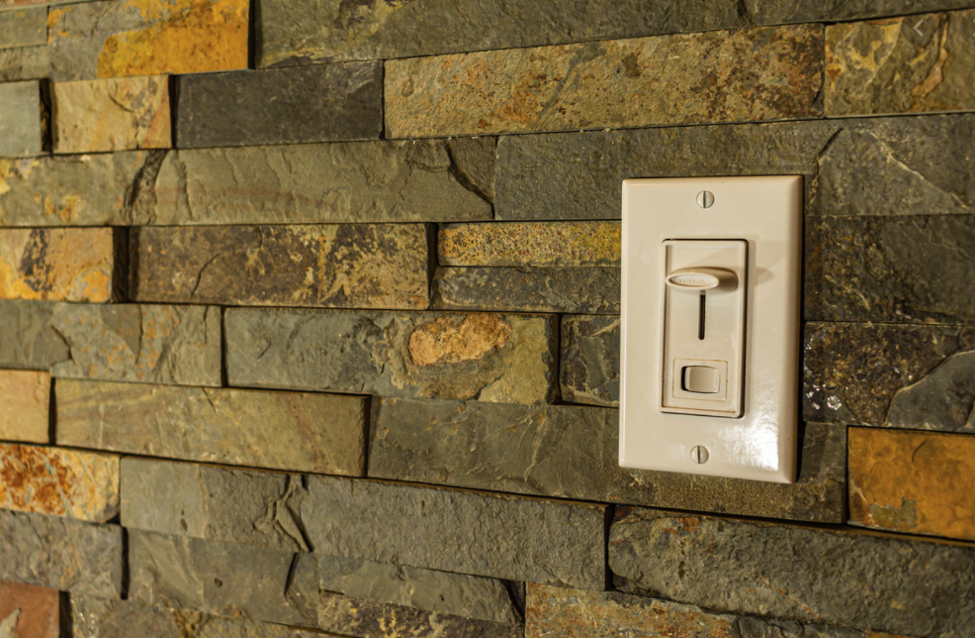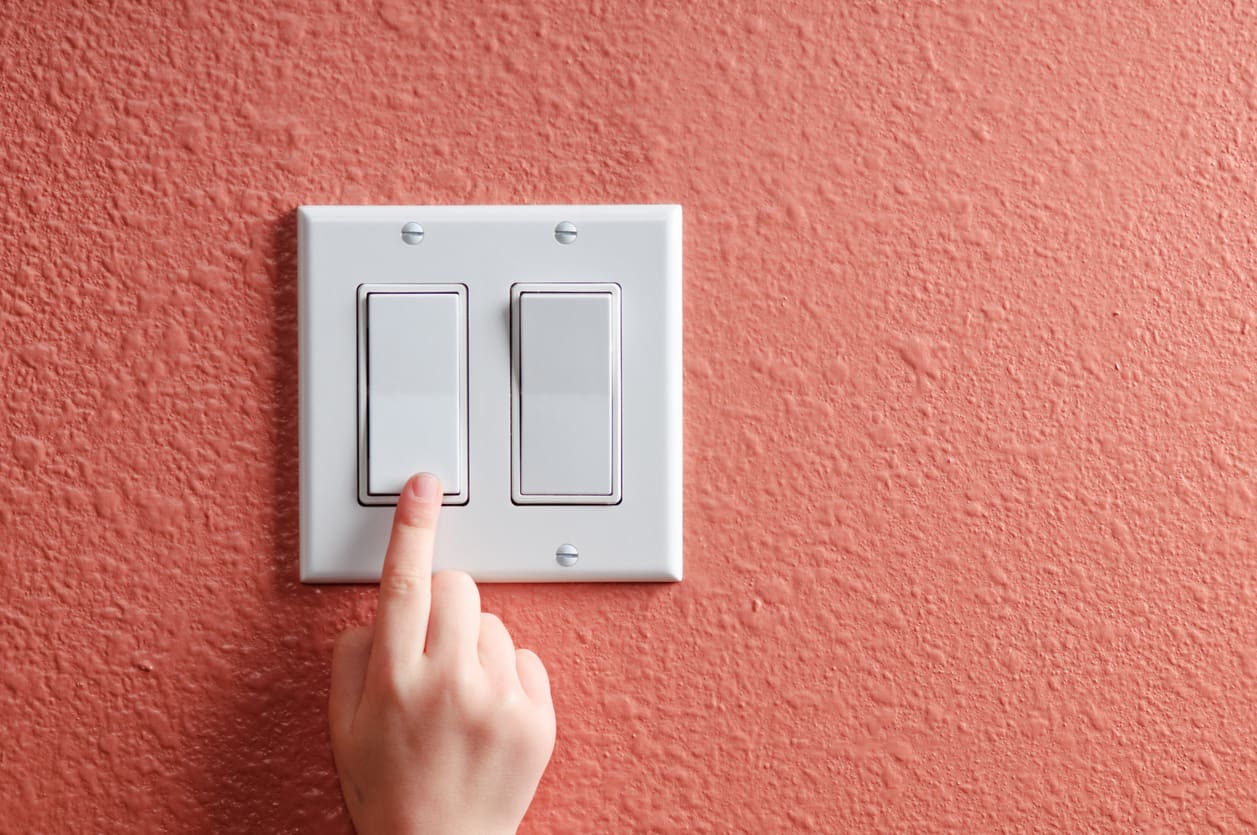Ever touched your light switch and felt it was warmer than usual? It’s a small detail that might not seem like a big deal, but it could be a sign of a bigger problem lurking in your walls.
You might wonder, “Why does my light switch get hot? ” This question isn’t just about comfort—it’s about safety and peace of mind in your home. In this post, we’ll uncover the reasons behind this unexpected warmth and help you take the right steps to keep your home safe.
Understanding what’s happening can make all the difference between a minor fix and a major hazard. Stay with us as we shed light on this issue, ensuring you know exactly what to do next.
Common Causes
Feeling warmth from your light switch can be unsettling. It’s important to find out why it’s happening. Many factors can lead to a hot light switch. Understanding common causes helps ensure safety. Let’s dive into these reasons.
Overloaded Circuits
Too many devices can overwhelm a circuit. This leads to excess heat. Each circuit has a limit. Exceeding this makes switches warm. Ensure you distribute electronic devices evenly. This avoids overloads.
Faulty Wiring
Old or damaged wiring can generate heat. Wires may become loose. Connections might not hold well. This can cause resistance and warmth. Regular inspection of wiring is crucial. It maintains safety.
Switch Wear And Tear
Switches age over time. Frequent use wears them down. Components inside may degrade. This can cause heat build-up. Consider replacing old switches. It improves efficiency and reduces risks.
Dimmer Switch Issues
Dimmer switches often get warm. They regulate light intensity. This process can produce heat. Ensure dimmer switches match bulb types. Compatibility prevents excessive warmth.
Potential Risks
Feeling a light switch getting hot can cause concern. It might seem harmless, but it can pose serious risks. Understanding these dangers can help maintain a safe home environment. Let’s explore the potential hazards associated with a hot light switch.
Fire Hazards
Heat from a light switch can ignite surrounding materials. A hot switch may indicate faulty wiring or overload. These issues can lead to electrical fires. Such fires spread quickly, posing a threat to your home and safety. Regular inspection can prevent these dangerous situations.
Electric Shock
A hot light switch increases the risk of electric shock. Faulty wiring may expose live electrical parts. Touching a heated switch can lead to a shock, which can be harmful. Proper maintenance and repair help avoid these risks. Always prioritize safety to prevent accidents.
Signs Of Trouble
Have you ever touched a light switch and felt it was warm? This can be a sign of trouble, and it’s important to know what to look for. Recognizing these signs can help prevent bigger problems in your home.
Discoloration
Discoloration on or around the switch is a warning sign. It suggests overheating or electrical issues. The plastic might turn yellow or brown. This could mean the wires are too hot.
Burning Smell
A burning smell near a switch is serious. It might mean wires are melting or burning. This smell could be from plastic or metal parts. Never ignore this sign.
Flickering Lights
Lights flickering when using a switch can signal trouble. It might mean poor connections or faulty wiring. Flickering might seem harmless, but it can lead to bigger issues.

Credit: expresselectricalservices.com
Immediate Actions
Feeling a warm light switch can be alarming. It may signal an underlying issue. Addressing it quickly ensures safety and prevents potential hazards. Here are immediate actions to consider.
Turning Off The Power
First, turn off the power to the switch. Find your home’s circuit breaker box. Flip the switch connected to the room. This step prevents electrical shock. It also stops further heating of the switch.
Inspecting The Switch
Once the power is off, inspect the switch. Look for signs of damage. Check for discoloration or burning smell. Loose wires can cause heat buildup. Tighten any loose connections carefully.
Consulting A Professional
If you find damage, consult a professional. Electricians diagnose complex issues. They ensure repairs are done safely. Avoid attempting major repairs yourself. This keeps you and your home safe.
Preventive Measures
A hot light switch might indicate electrical issues. Check for loose connections or faulty wiring to prevent hazards. Regular inspections and immediate repairs can ensure safety and avoid potential fire risks.
When you notice your light switch getting hot, it’s time to take action. Preventive measures can save you from potential hazards and costly repairs. By focusing on regular maintenance, upgrading switches, and proper load distribution, you can ensure your home’s safety and efficiency. Let’s dive into practical steps to keep your light switches cool and functioning well.Regular Maintenance
Regular maintenance is your first line of defense. Check your light switches periodically for any signs of wear or damage. Tighten any loose screws and ensure there are no visible cracks. Dust and dirt can accumulate over time, causing switches to malfunction. Clean the switch plates with a damp cloth to remove grime. By maintaining them regularly, you’re prolonging their lifespan and ensuring safe operation. Have you ever ignored a hot switch, thinking it was no big deal? Ignoring it can lead to bigger problems. Regular checks can help you spot issues before they escalate.Upgrading Switches
Old switches can be a fire hazard. If your switches are outdated, consider upgrading them. Modern switches are designed for better safety and efficiency. When choosing a new switch, look for ones with heat-resistant materials. These can prevent overheating and potential fires. Upgrading might seem like an expense, but it’s an investment in safety. Think about the peace of mind you’ll have knowing your home is safer. Plus, newer switches often have additional features like dimming, adding convenience to safety.Proper Load Distribution
Overloading a switch can cause it to heat up. Ensure that the electrical load matches the switch’s capacity. Distribute your electrical devices evenly across different circuits. If you’re unsure about load distribution, consulting an electrician can help. They can assess your home’s wiring and suggest improvements. Remember, a properly distributed load keeps your switches cool and efficient. Have you ever plugged too many devices into one circuit, only to trip a breaker? Proper load distribution can prevent this inconvenience and potential danger. By managing your home’s electrical load, you reduce stress on your switches and improve overall safety.When To Call An Electrician
Noticing that your light switch is getting hot can be concerning. It’s not something to ignore. Sometimes, calling an electrician is necessary to ensure your home’s safety. But how do you know when it’s time to make that call?
Persistent Heat
If your light switch consistently feels warm, even when the lights are off, it’s a red flag. A light switch should not generate heat when it is not in use. This could be a sign of a wiring issue or a faulty switch.
I remember once feeling a warm switch in my living room. At first, I ignored it, thinking it was normal. However, the heat persisted, and I decided to call an electrician. It turned out there was a wiring problem that could have led to a fire. Trust your instincts and get a professional’s opinion.
Frequent Issues
Are you dealing with flickering lights or switches that don’t always work? These issues can be more than just annoying. They might indicate a deeper electrical problem that needs professional attention.
If your light switch becomes hot during these frequent malfunctions, it’s a sign you shouldn’t ignore. An electrician can diagnose and fix the problem, ensuring your home remains safe.
Consider this: How often do you check your home’s electrical components? Regular maintenance can prevent these issues from becoming hazards. Don’t wait for a small problem to escalate into something more serious.
Ultimately, your safety should be the priority. If something feels off, it’s better to be safe and call in a professional. You’ll not only address the current issue but also gain peace of mind knowing your home is secure.
Choosing Safe Switches
Choosing the right light switch is crucial for safety. A hot switch can be a warning sign. It might mean your switch is overloaded. It could also mean it’s faulty. Ensure you use safe switches to prevent risks.
Certified Products
Look for switches with safety certifications. These certifications show that products meet safety standards. Underwriters Laboratories (UL) is one example. The Intertek (ETL) mark is another. They ensure products are tested for safety.
Recommended Brands
Some brands are known for safe switches. Leviton and Lutron are popular choices. They offer reliable and certified products. These brands focus on safety and quality. Choosing known brands can give peace of mind.

Credit: licketysplitfl.com

Credit: georgebrazilplumbingelectrical.com
Frequently Asked Questions
Why Is My Light Switch Hot To Touch?
A hot light switch may indicate electrical issues. It could be overloaded circuits, faulty wiring, or a defective switch.
Can A Hot Light Switch Cause A Fire?
Yes, it can. Excessive heat from electrical faults may lead to fires. Immediate inspection by a professional is advised.
Should I Replace A Hot Light Switch Immediately?
Yes, replace it. A hot switch is unsafe. It might be defective. Consult an electrician for safe replacement.
Is A Warm Light Switch Normal?
No, it’s not. Light switches shouldn’t be warm. Warm switches suggest potential electrical issues that need checking.
What Steps To Take If Light Switch Gets Hot?
Turn off power. Avoid using the switch. Contact an electrician. They will assess the issue and ensure safety.
Conclusion
A hot light switch signals a potential problem. It might be a wiring issue. Or possibly a faulty switch. Ignoring it can lead to risks. Always prioritize safety first. Consult an electrician if unsure. Simple checks can prevent bigger issues.
Regular maintenance helps avoid surprises. A cool switch means peace of mind. Stay safe and informed.





